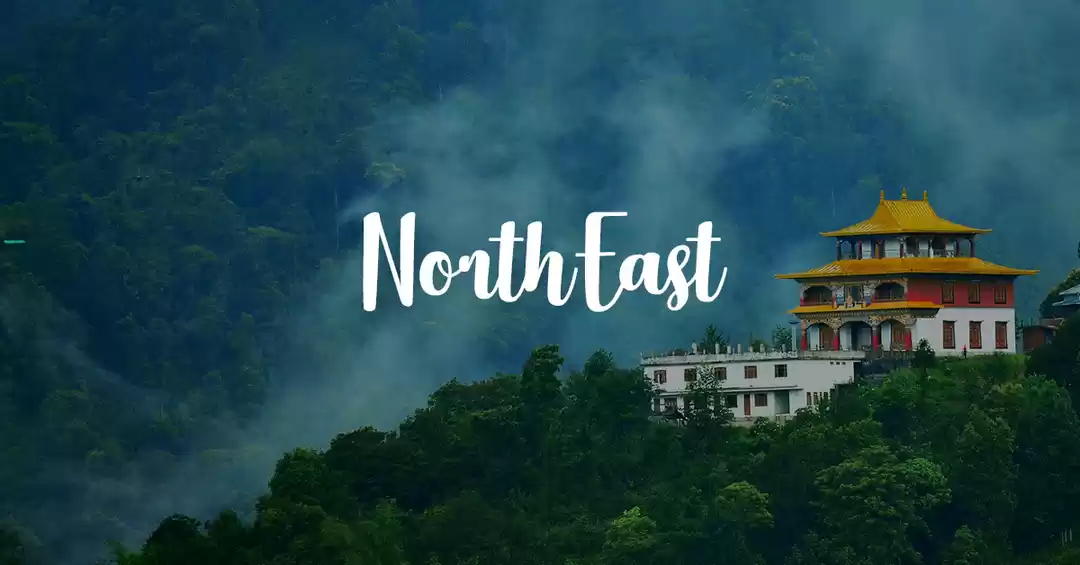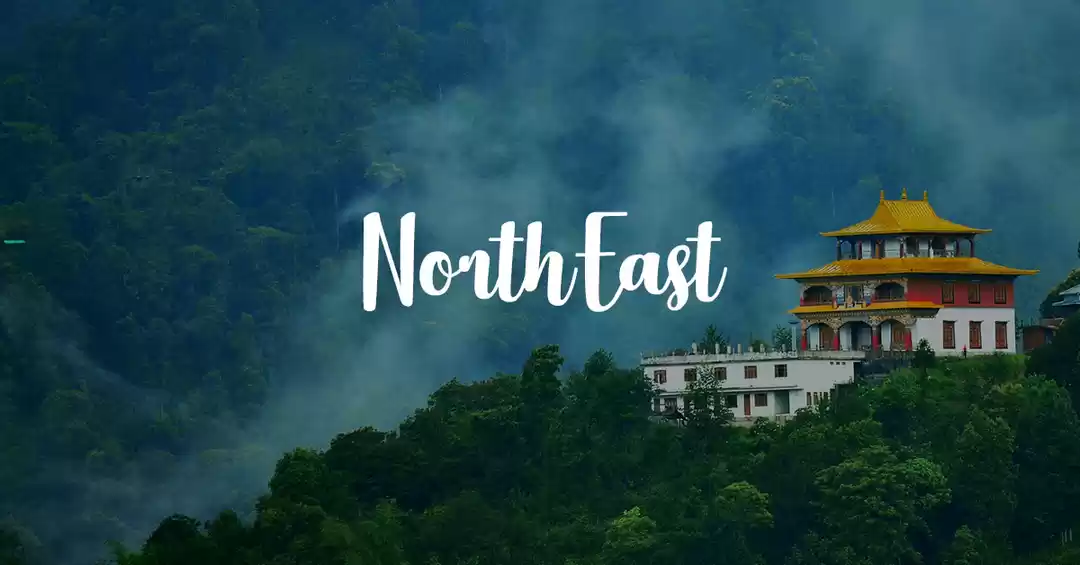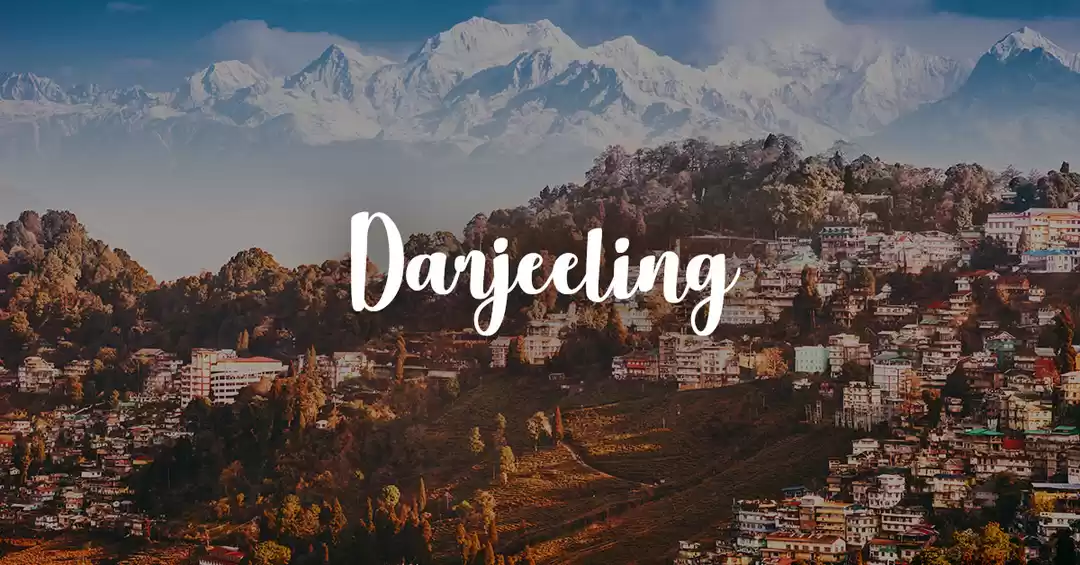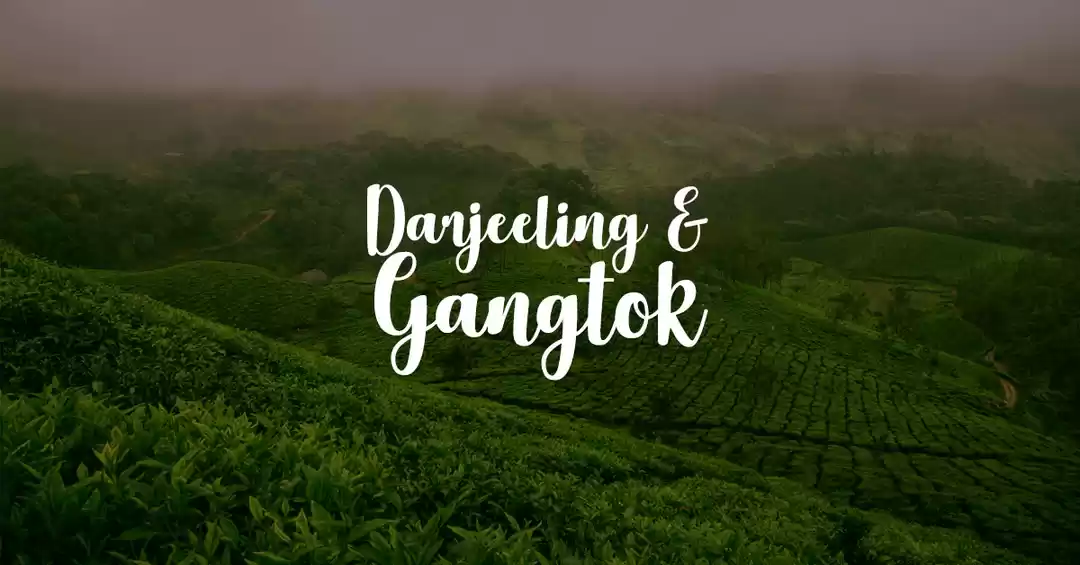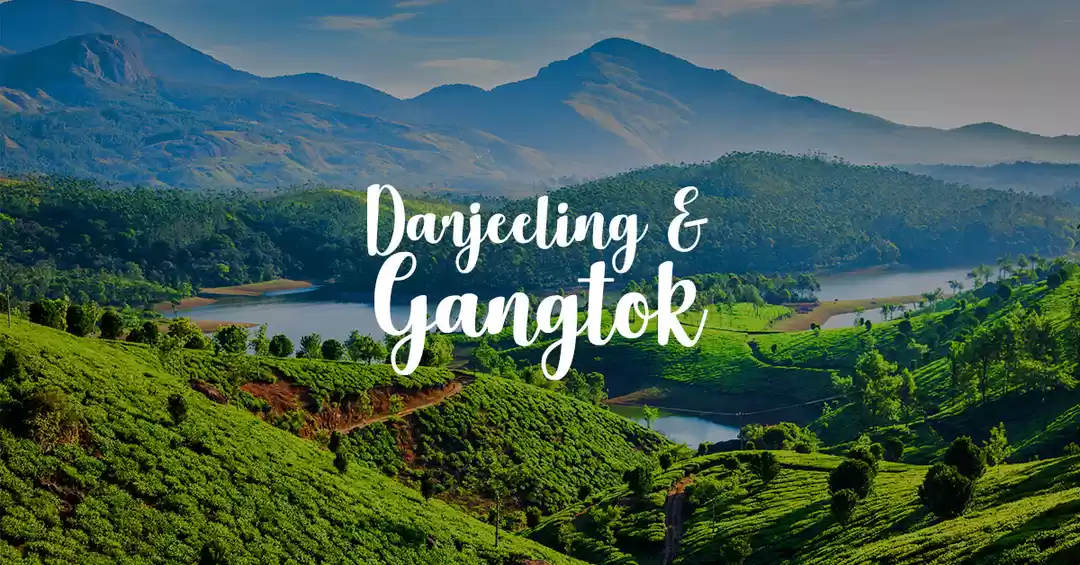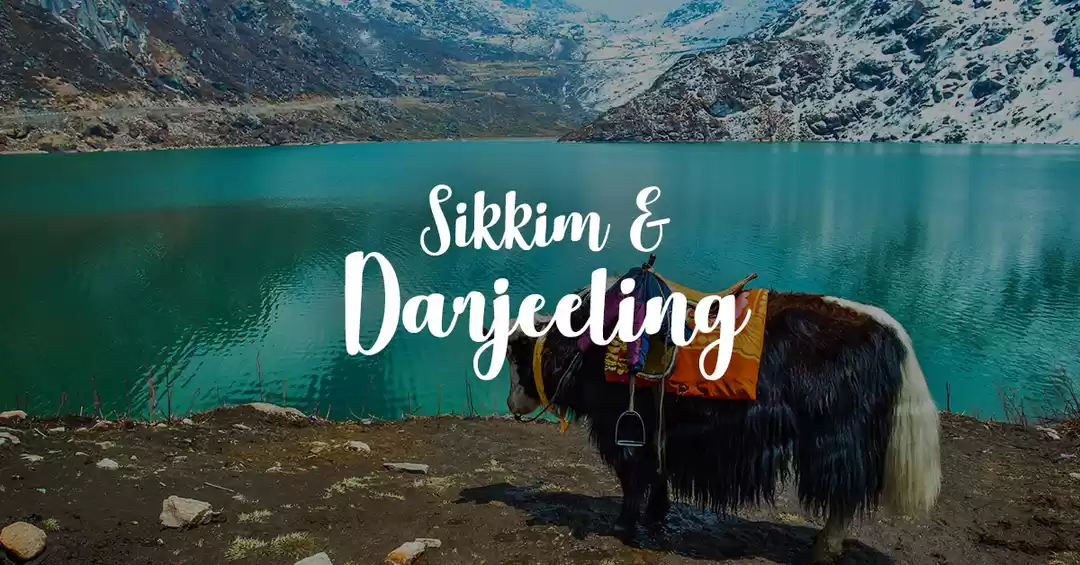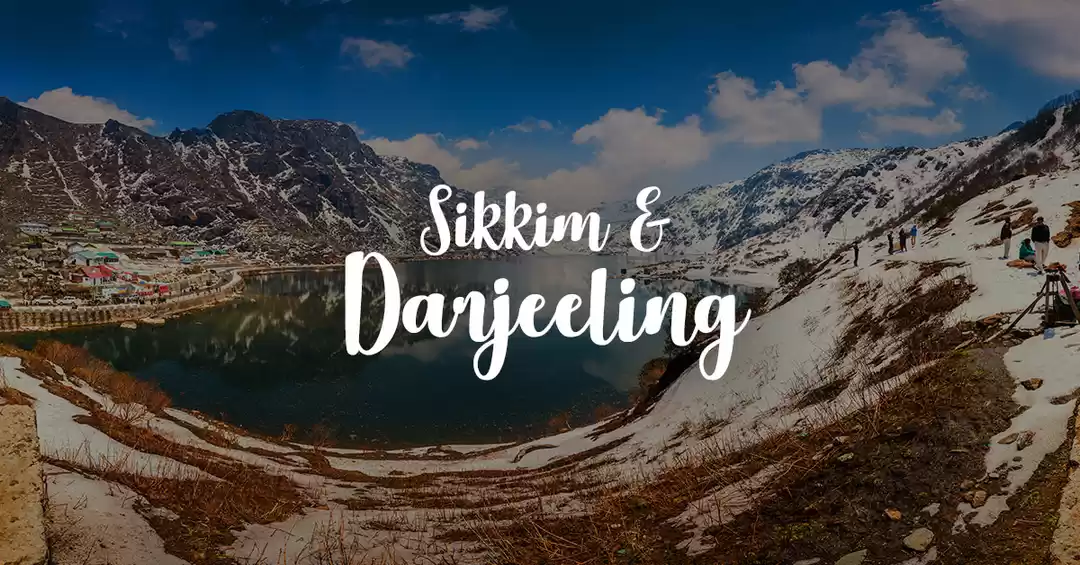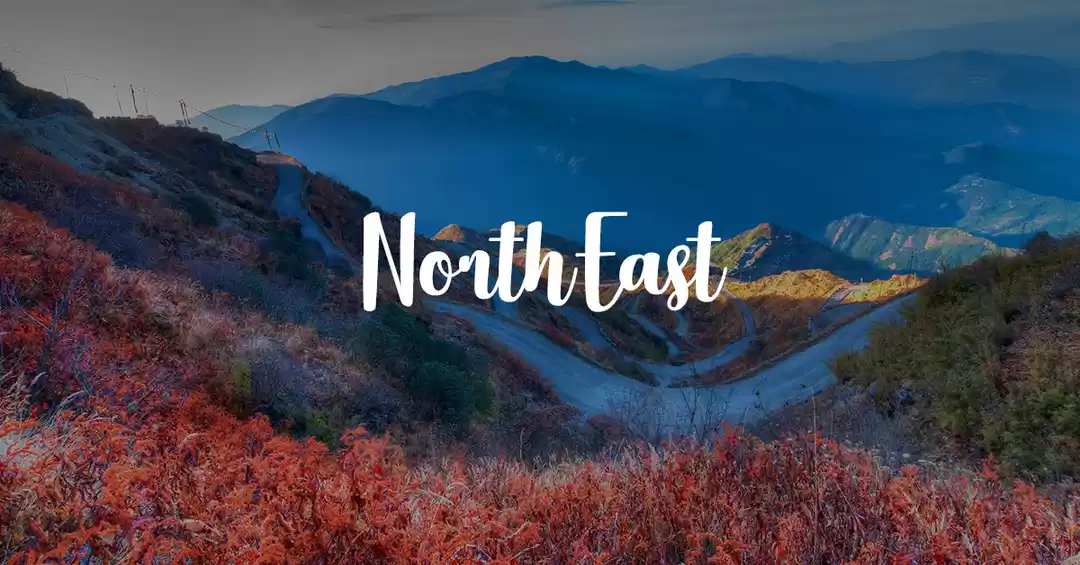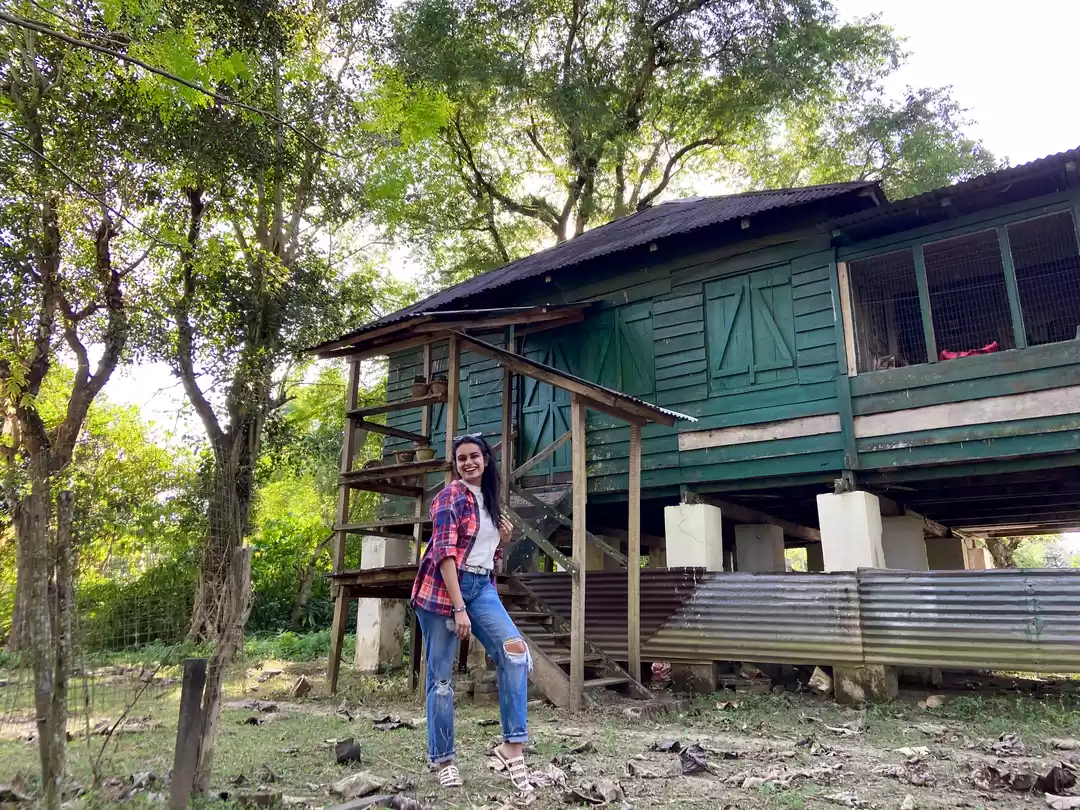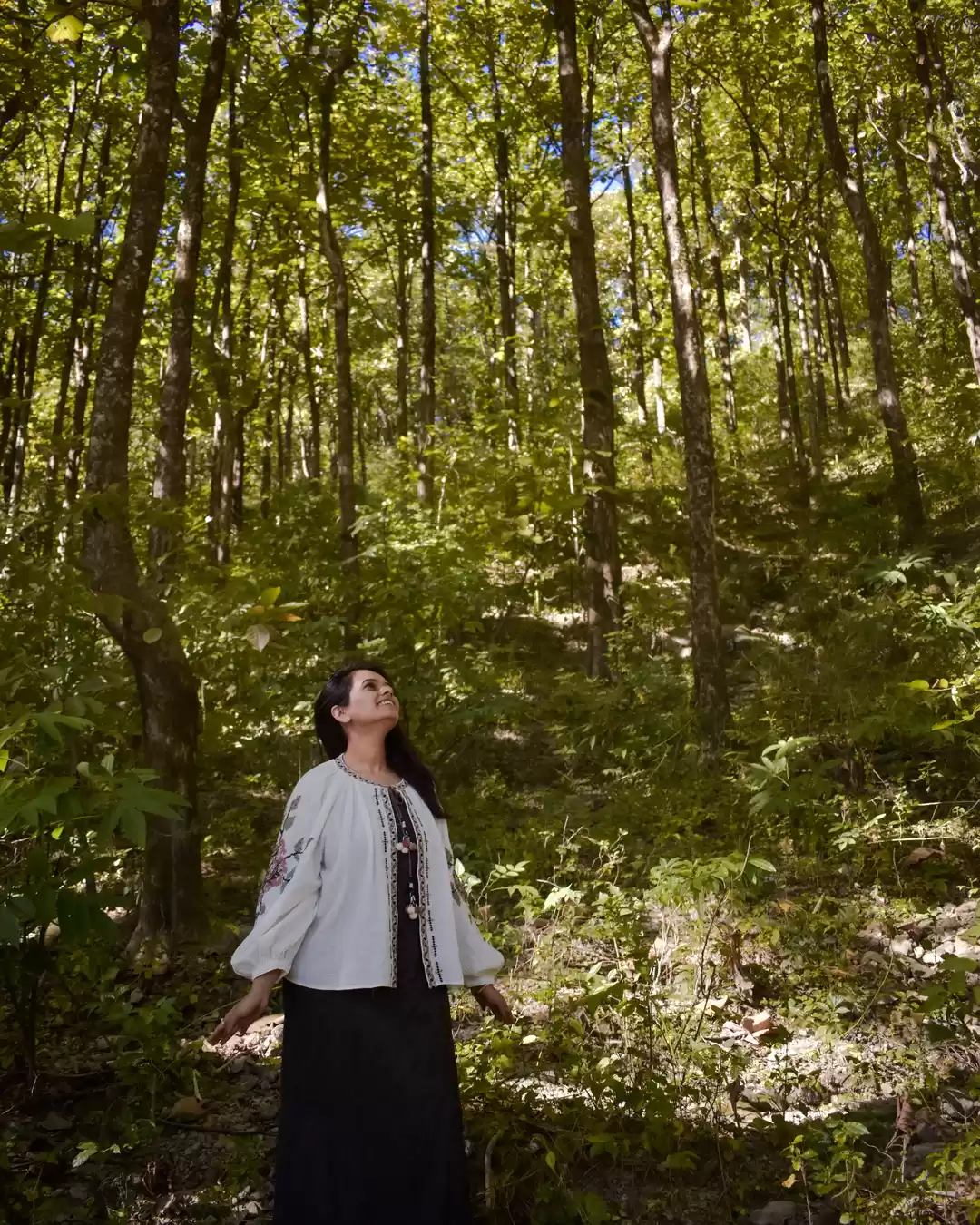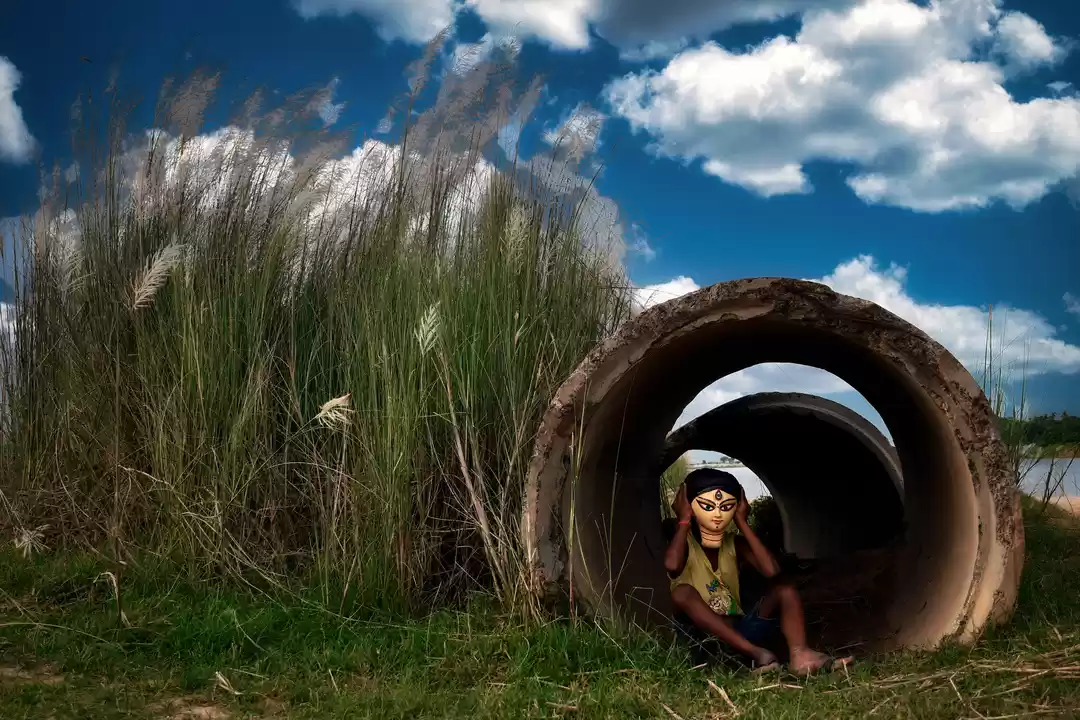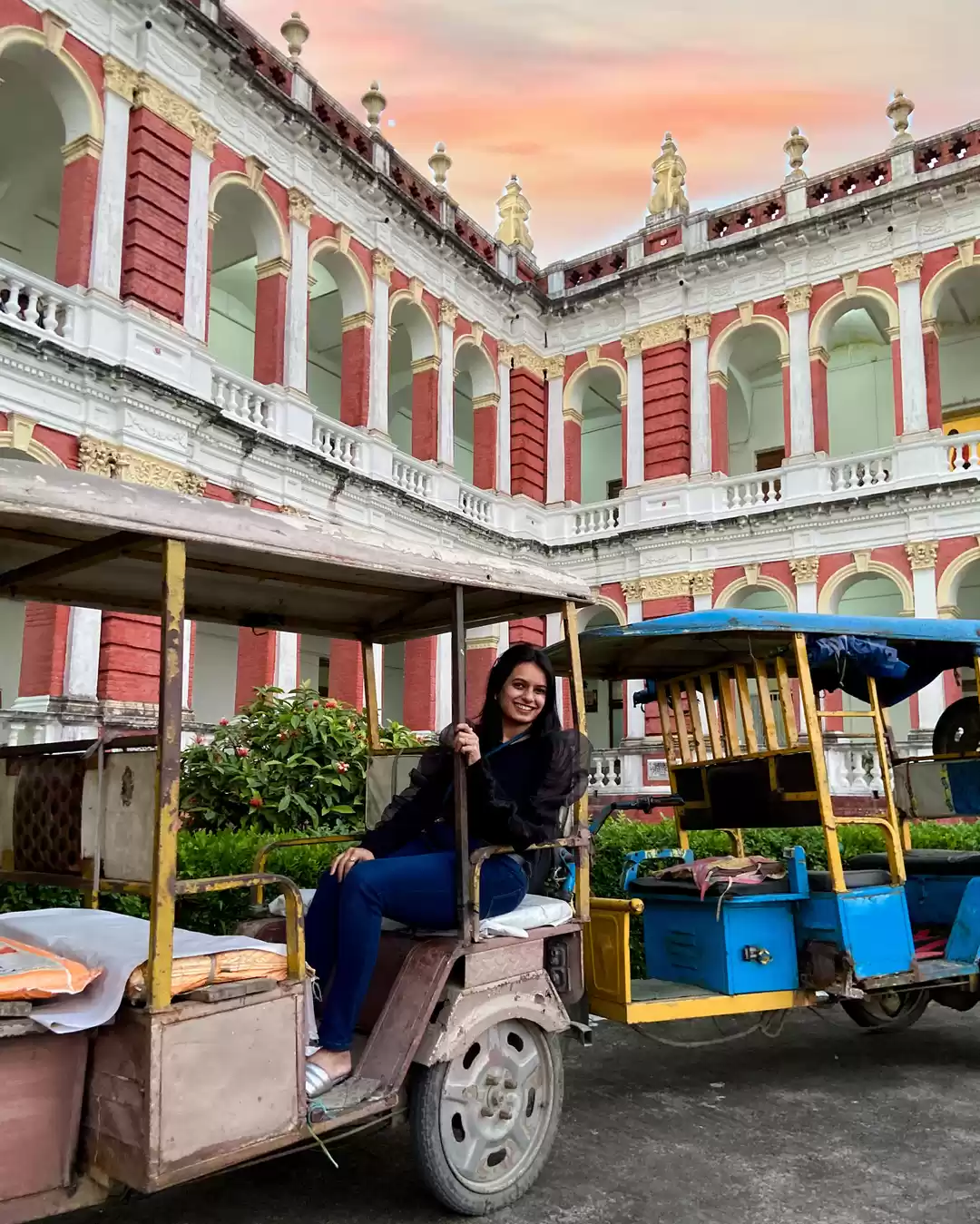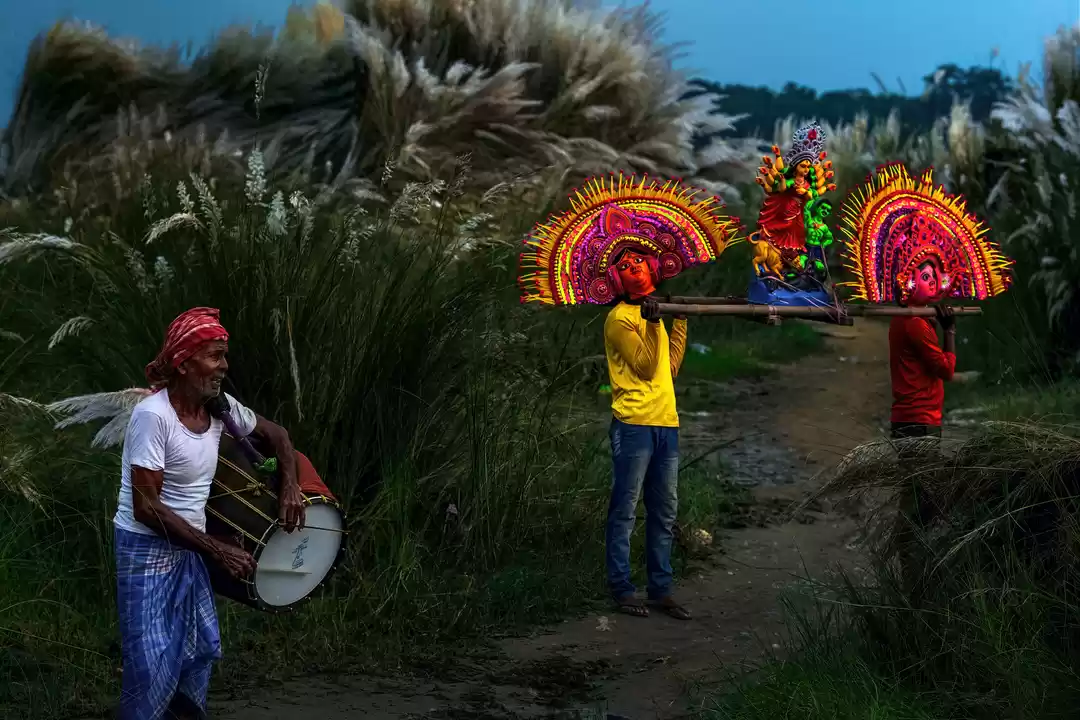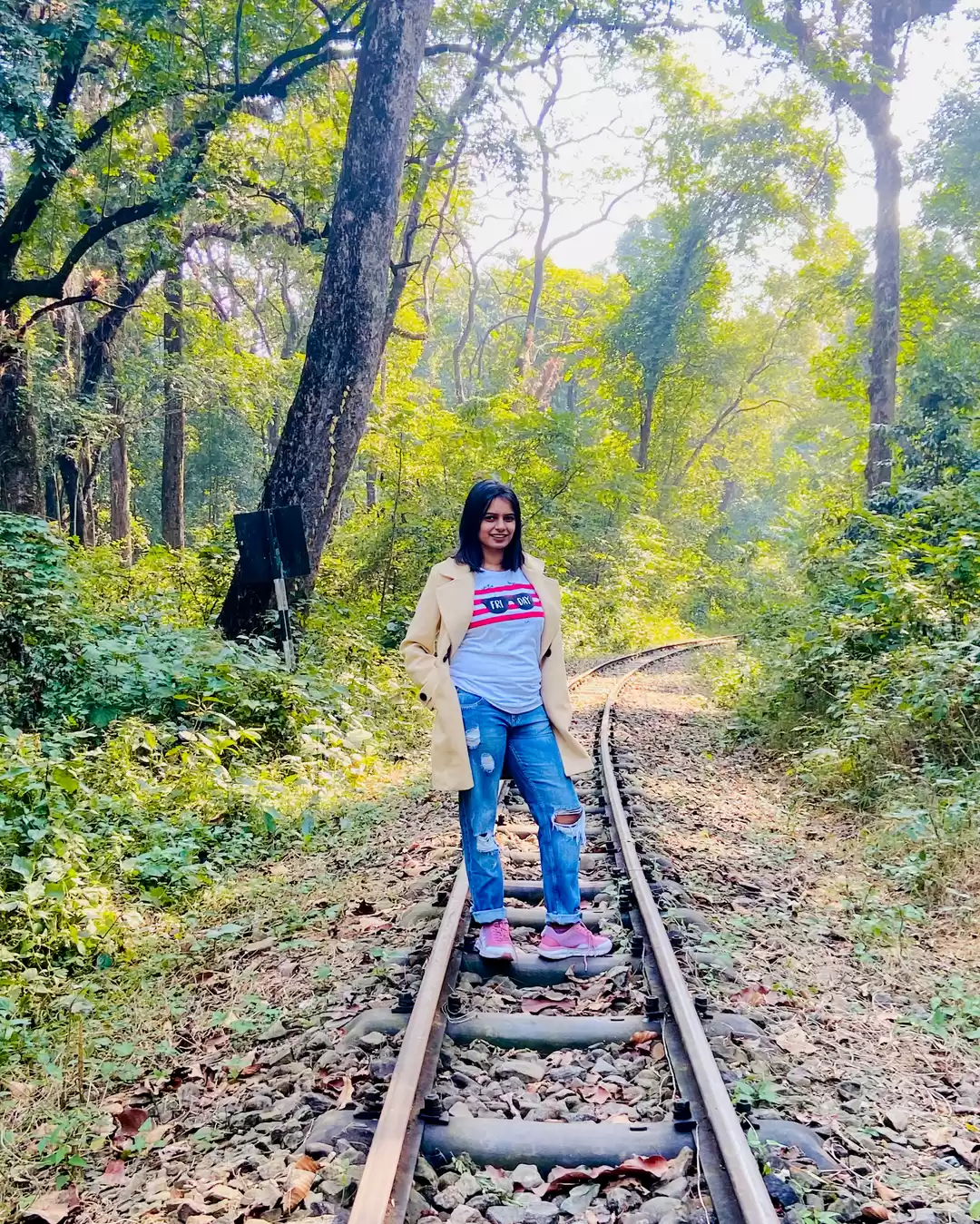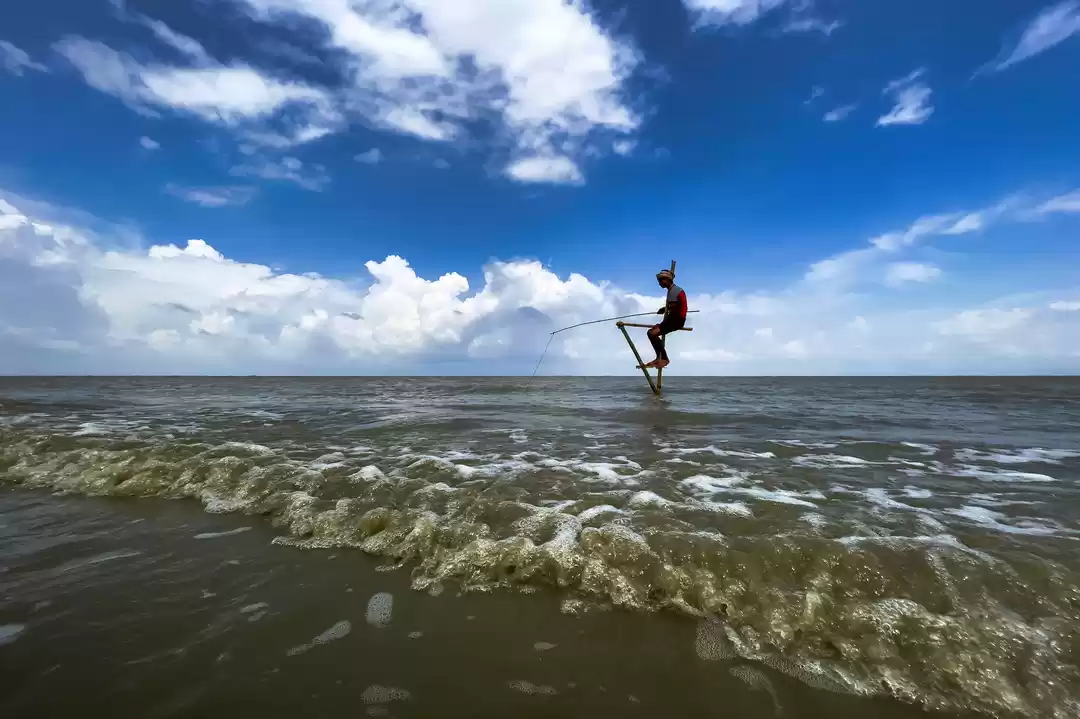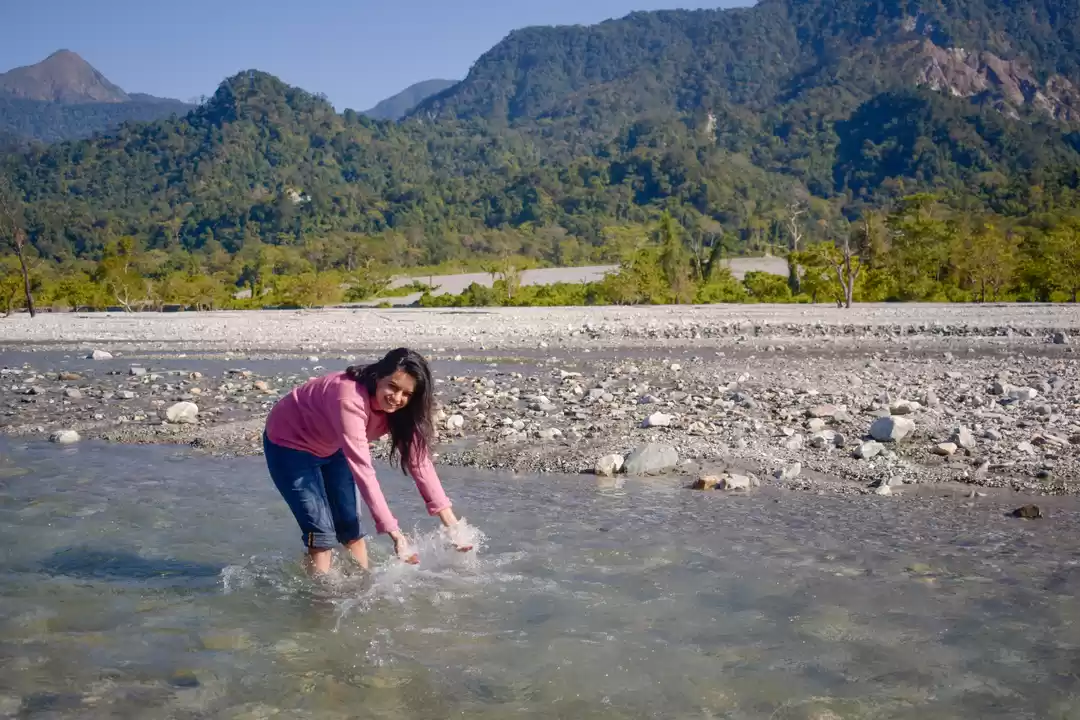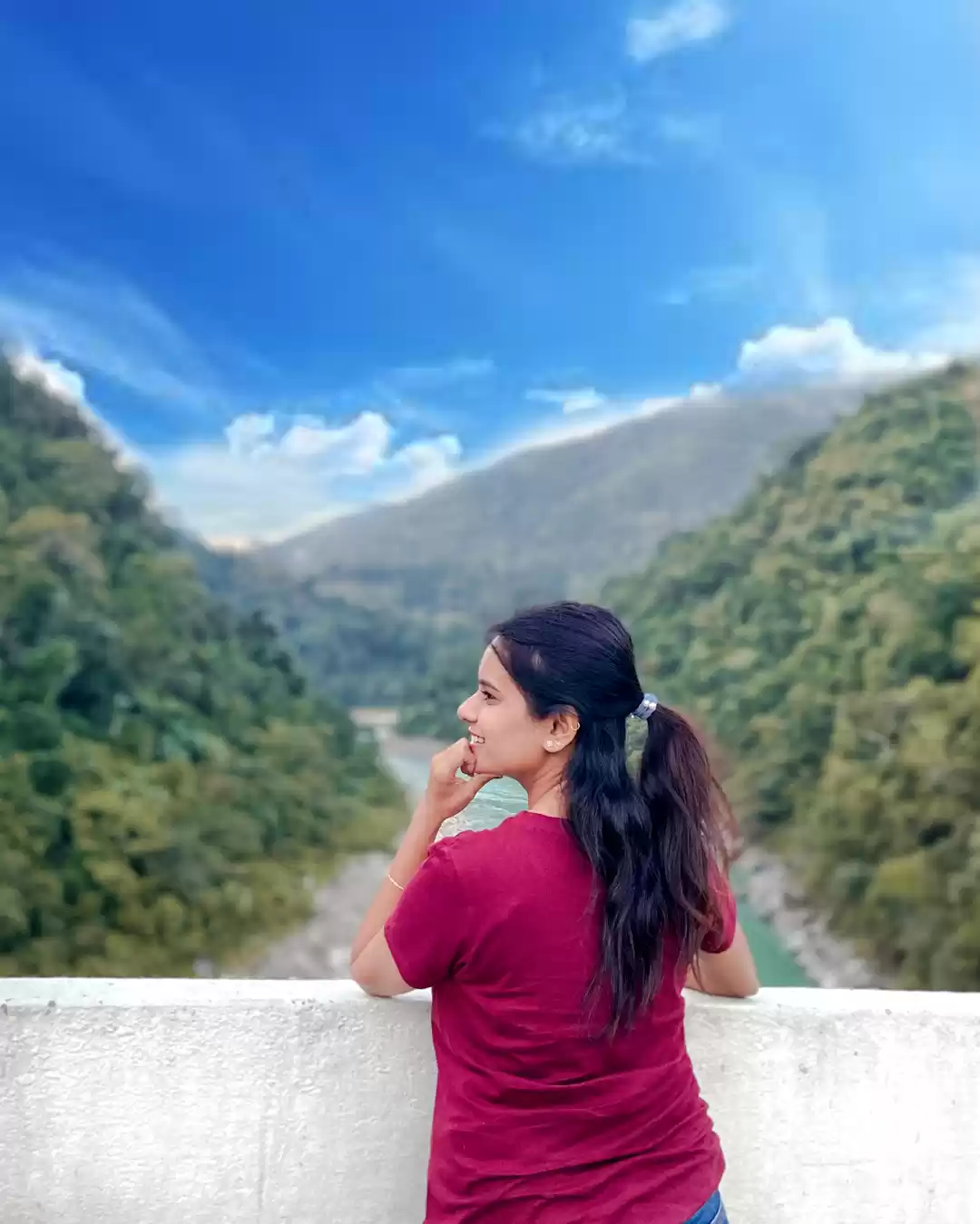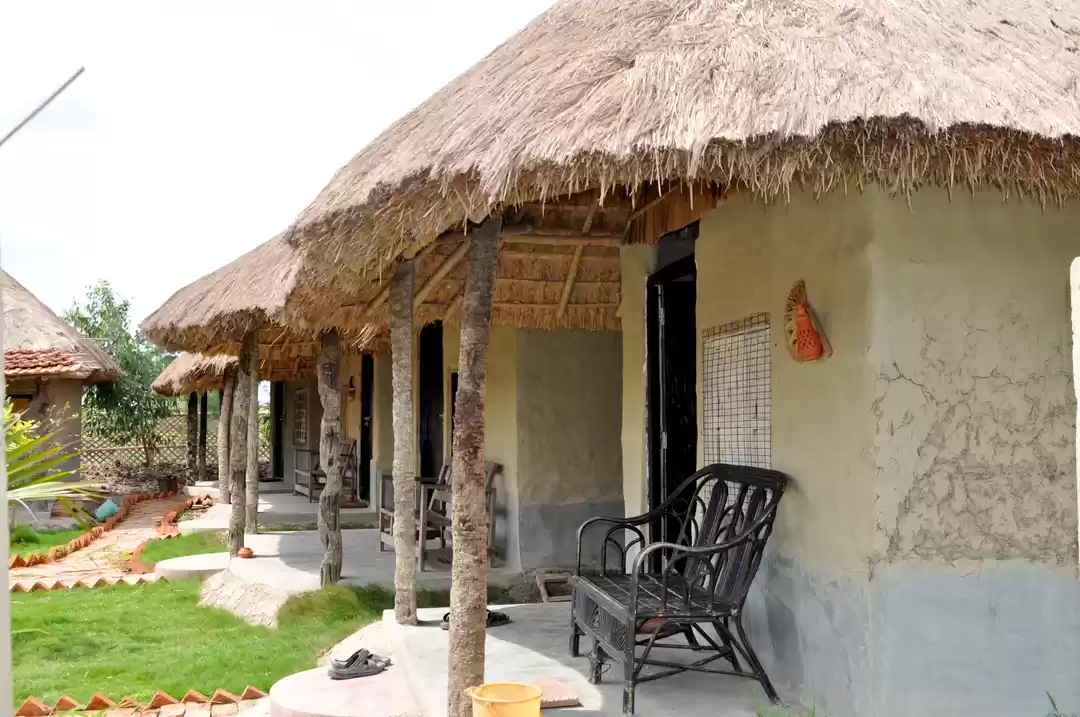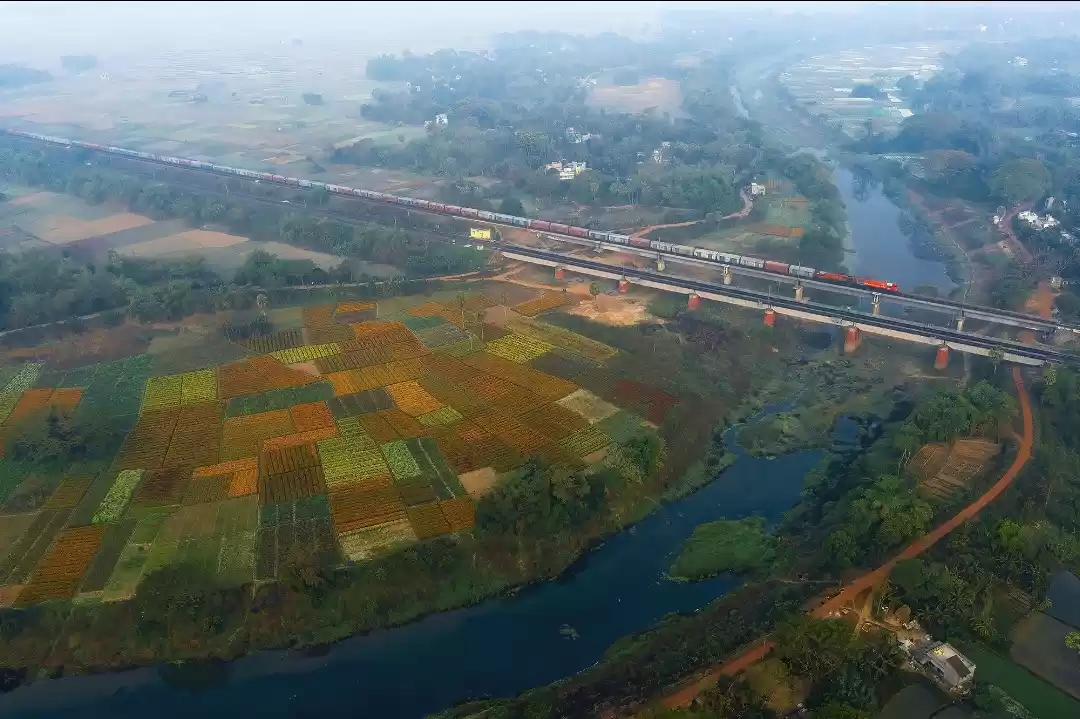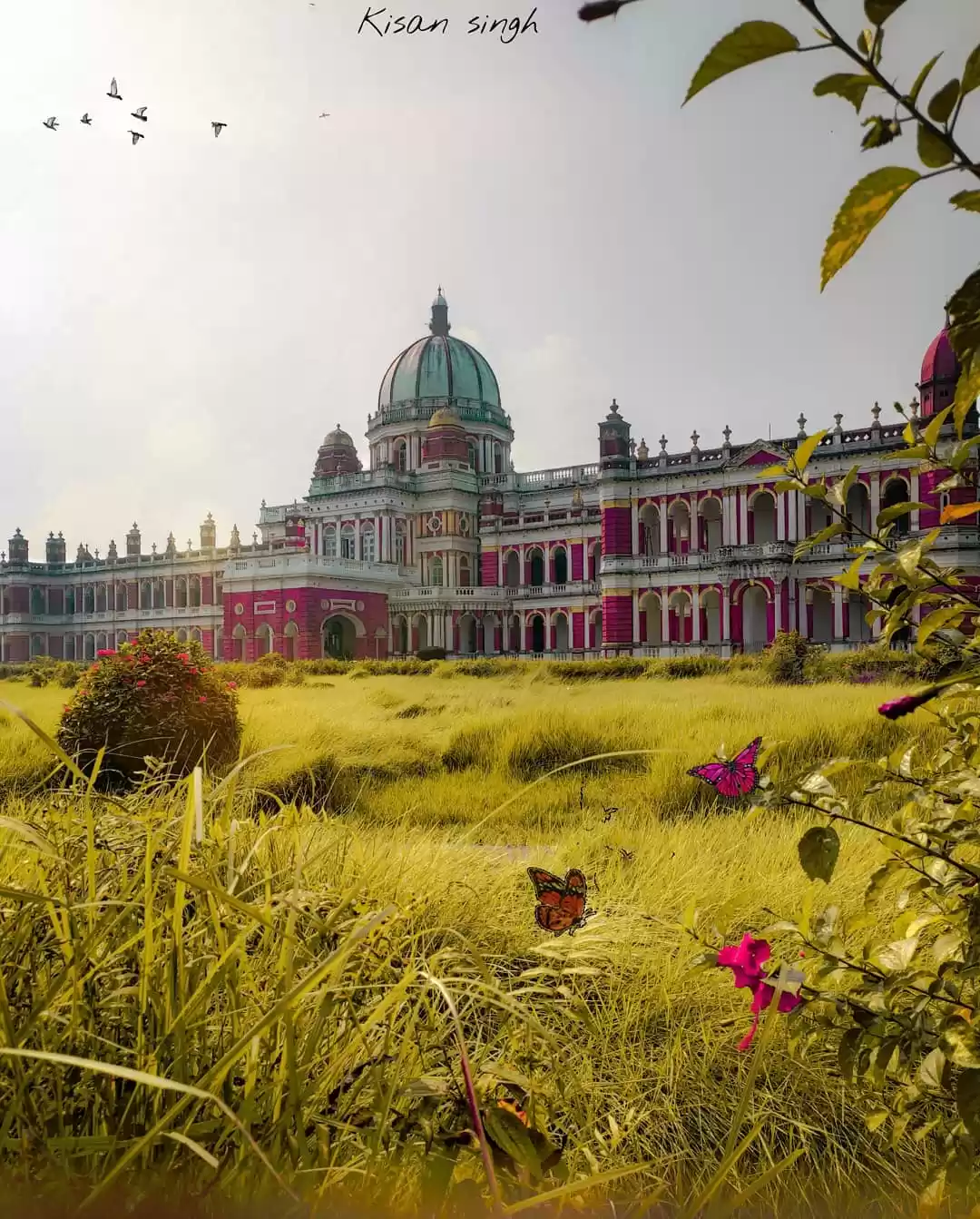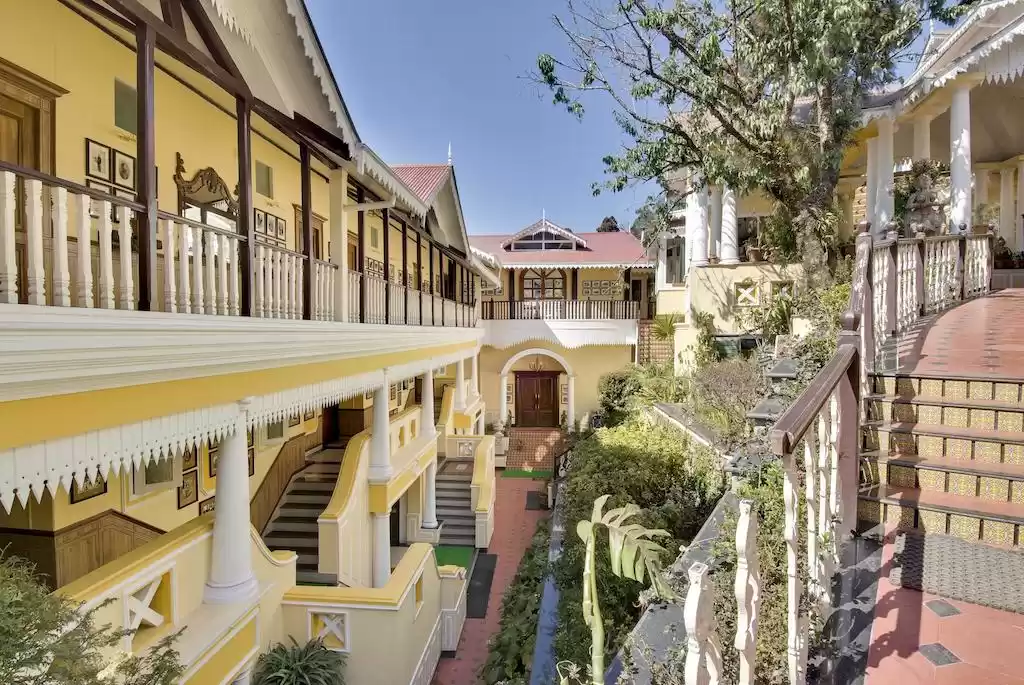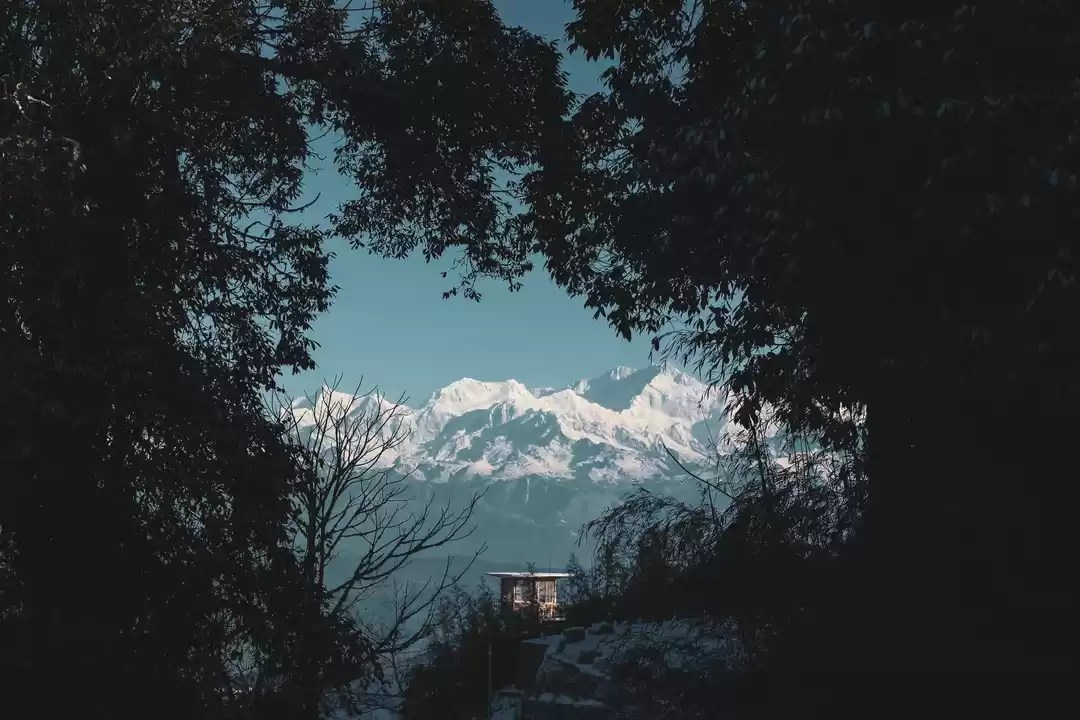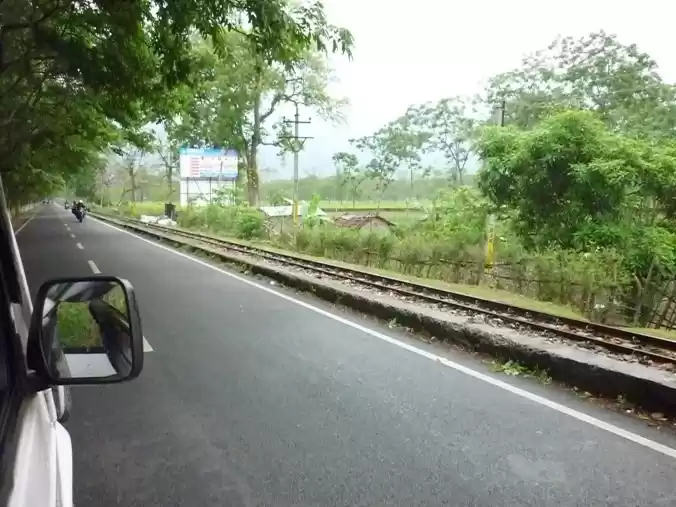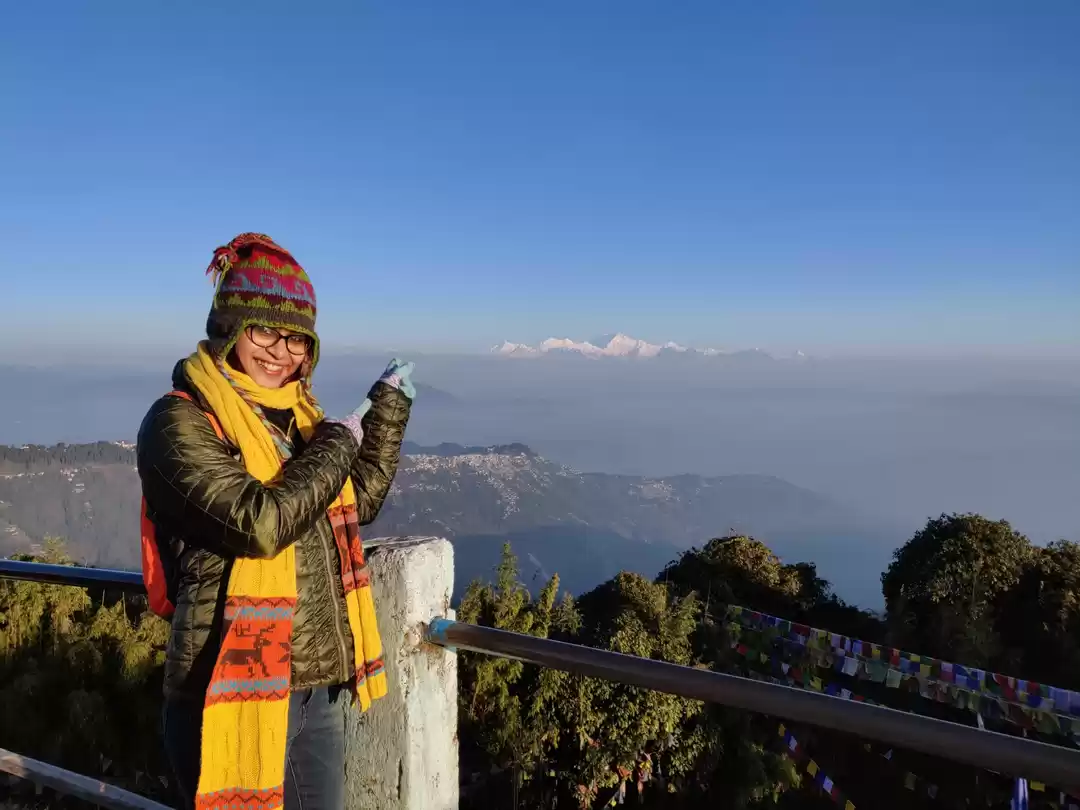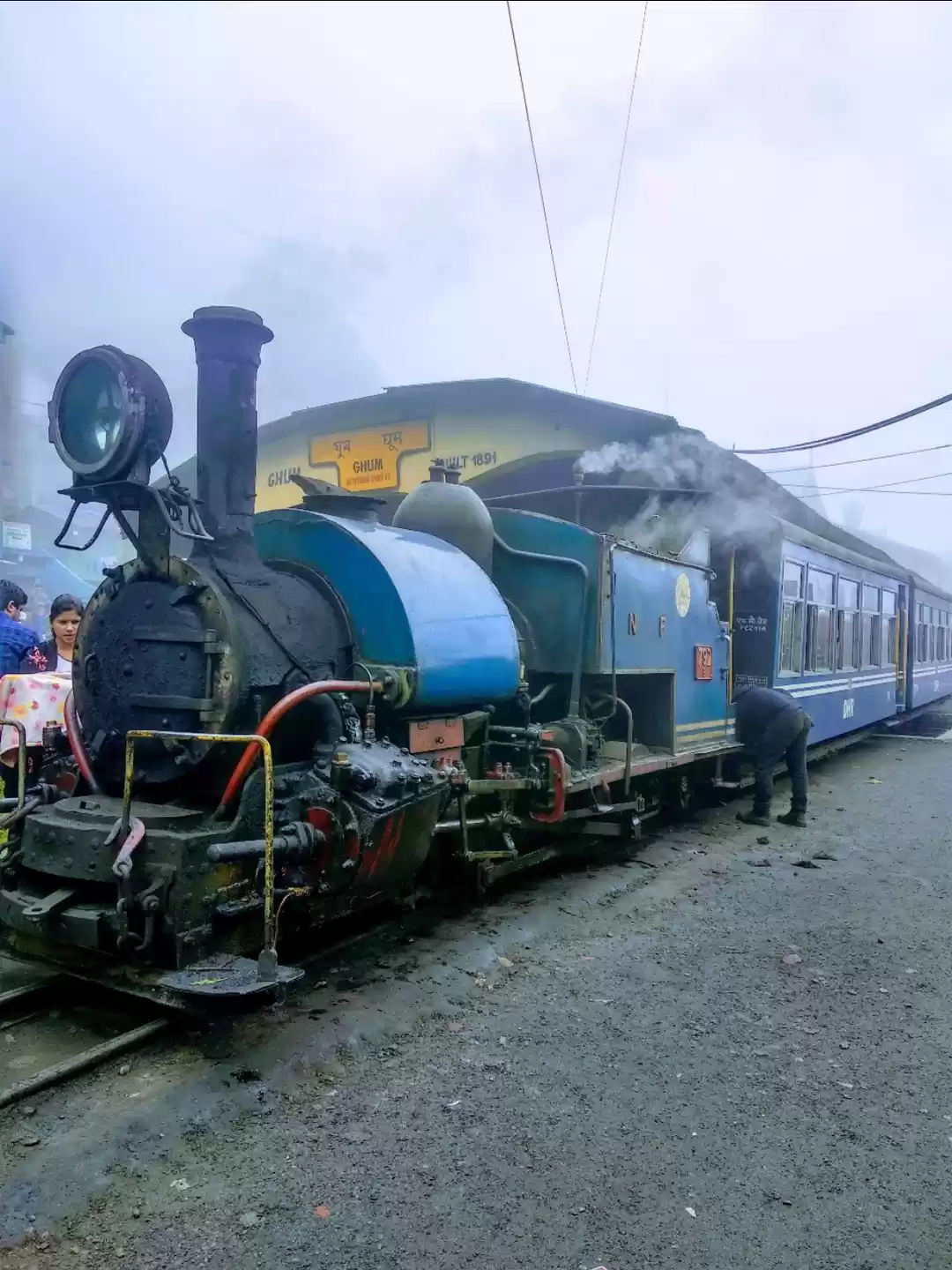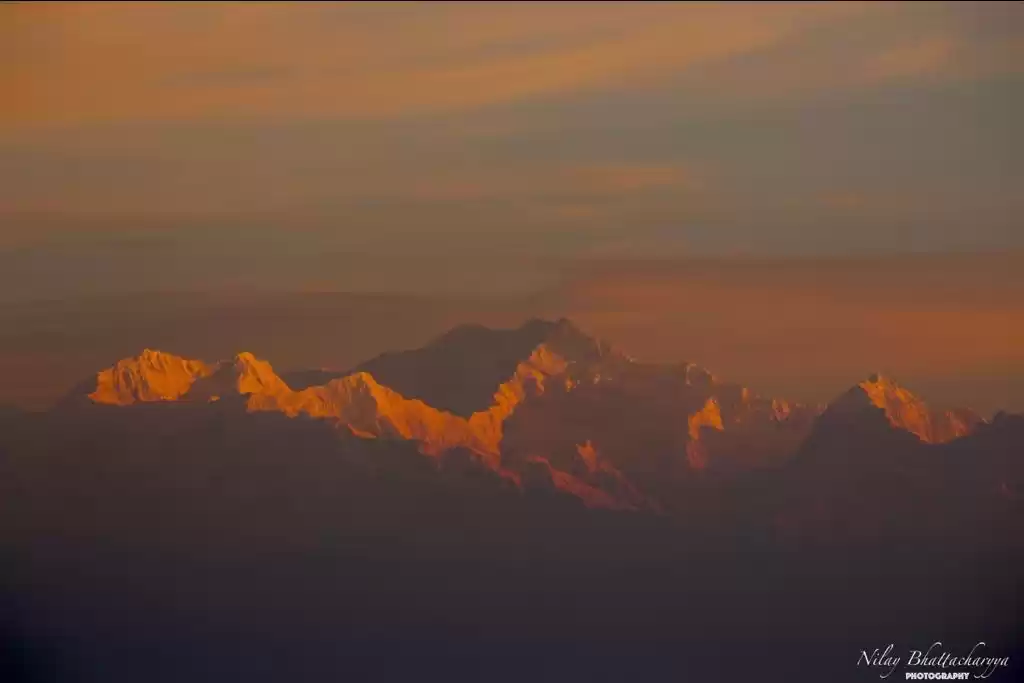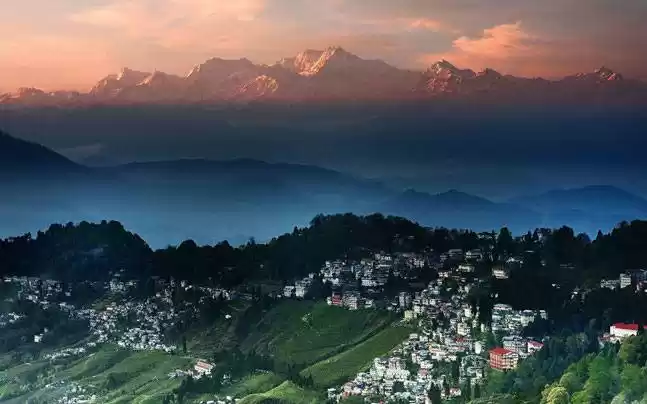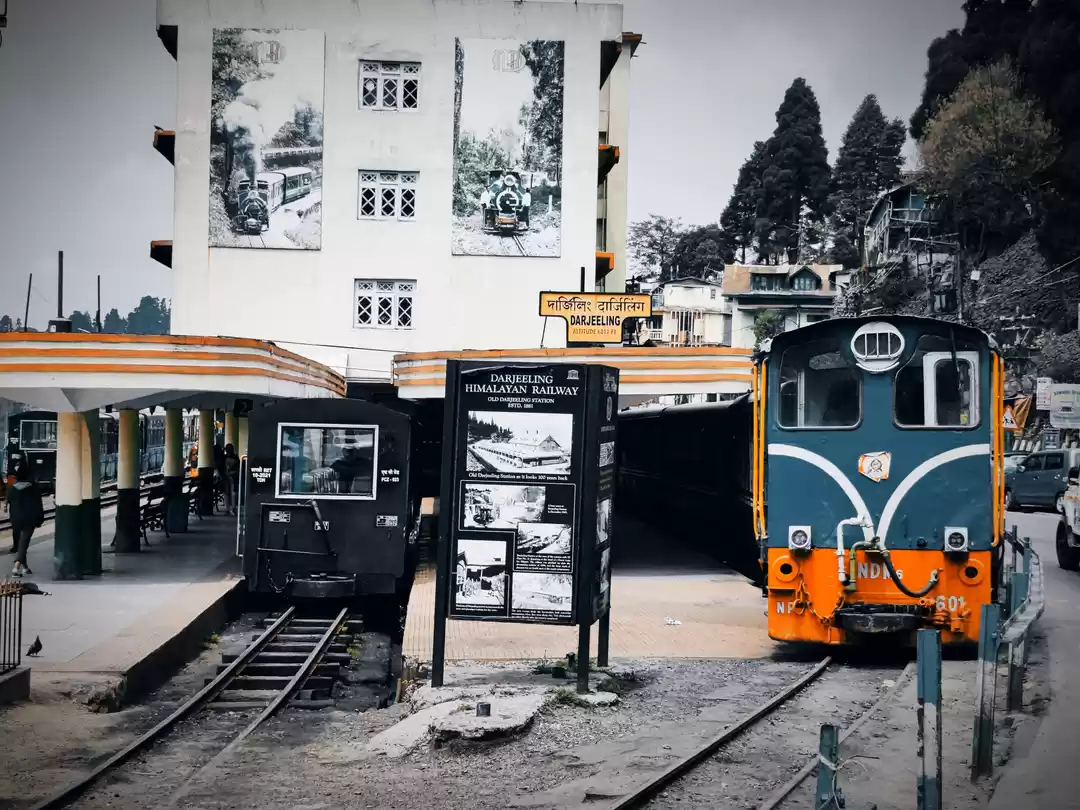
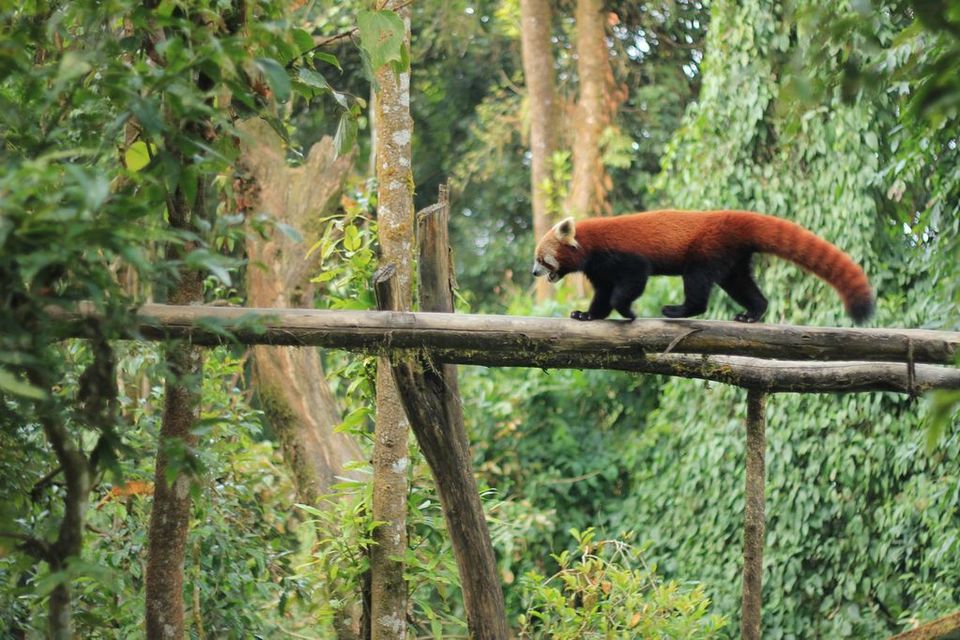



Leaving from home for the airport when you know it is vacation time is one of the best feelings ever. Even better is the feeling of knowing that you are flying to the north-east. Oh dear, it’s such a beauty that one never gets enough of it. Especially, Darjeeling, the most beautiful, under-rated, quaint hill station in the lap of the gorgeous snowy Kanchenjunga, which in addition to all these things is a second home to me. A place where I've spent a few scattered years of my life and still keep going back to; this time around I was going back after over half a decade! The place, the food, the people, the rain, the trees, the ‘johras’ (seasonal water falls), the fog and more importantly the four hour long journey uphill along the Pankhabari road, through the tea gardens, makes it so special. Maybe it’s a personal bias or maybe the place makes you its own.
From New Delhi it takes 2 hours by flight to reach the Bagdogra Airport, located in the Jalpaiguri district of West Bengal, the foothills of the great Himalayas. From the airport you can take a taxi or a shared jeep/jonga to go uphill to the Queen of the hills.(Random trivia#1: The Nissan jonga was designed for use by the Indian Army. Since the use was discarded the car has a new found job as the favourite local taxi.)
Or you can take a detour to seep in all the other amazing things you will encounter on your way.
The road from Bagdogra leads to Sukhna, the beautiful foothills which house the Mahananda Wildlife Sanctuary. Our home for the evening is the forest guesthouse in the outskirts. Instant nostalgia hits me as I run through the gates to so many childhood memories. The nights here are quiet and serene; the stars from here are plenty and bright; and the mornings here are dewy and full of bird songs. We wake up to see a family of monkeys heading towards the forest via the guesthouse balcony. The plan for the day is made; we are heading uphill to Darjeeling via Mirik, where we will stop for lunch.
Located near the Nepal border, Mirik has a splendid artificial lake, orange orchards, tea estates and flowers which are in bloom all year round. Also check out the cute little cafes and ‘Kawlay Dara’ which gives a spectacular view of the plains and the mountains. Word of caution #1 – since it’s so close to the border your network carrier might get tricked into charging you with ISD rates like mine did. *grumbles*
The next stop from Mirik is Kurseong for which we backtrack for a few kilometers before proceeding uphill again. Random trivia#2: ‘Kharsang’ in the local dialect means the "Land of the White Orchids" (and rightly so!). The town houses the world-famous Makaibari tea estate, the tea from where can be tasted at the Kurseong Tourist Lodge on the Hill Cart Road. No journey uphill is complete without stopping here to stretch your legs. The first of the hilly chills can be felt here as you absorb the magnificence of the majestic Himalayas. If you’re lucky you might encounter the enveloping fog too!
Kurseong to Darjeeling has one major stop - Ghum. It is at a slightly higher altitude than Darjeeling and is the place where my mother would decide that the teenager me should stop acting cool and put on a cardigan. Instinctively, I put on my jacket. Random trivia#3: Ghum railway station of the Darjeeling Himalayan Railway is the highest railway station in India. Random trivia #4: Yes the famous scene in Main Hoon Na was shot here. (Really? You thought I would write a travel blog without at least one Bollywood reference?) From Ghum, Darjeeling is not far, it’s literally round the bend of the mountain.
Darjeeling in all its majestic beauty with the snowy Kanchenjunga for a backdrop is a treat to sore eyes. As Naina said and I quote ‘In pahadon mein kuch nasha sa tha, wo nasha pyar tha’, yes more of them dialogues! (For context please watch Yeh Jawani Hai Deewani. Ok. Thanks. Bye!) It’s love at first sight, second sight and then every consecutive sight. Our bookings here were made at the Mayfair hotel which is located right below the heart of the town- Chowrasta. The only drawback of this heritage hotel with an old school charm is that the Kanchenjunga is not visible form here. But on the brighter site, that makes a morning walk across the Chowrasta a compulsion, to see that view. The Kanchenjunga peak glows a faint shade of orange, which slowly turns to golden at 5 am and is worth leaving your warm fuzzy quilt behind.
My next couple of days were spent walking around the town and eating the most amazing momos and piro alloo on this planet. In addition to going to my old school, the Mahakal Mandir, the zoo, Chowk Bazaar, Mahakal Market and loitering around the Chowrasta. On one evening we decided to head to Glenary’s and were welcomed by live music. Guess who else grew up with time? It turned out that the bakery had revamped its lower floor into a real cool bar. Yay! We walked back to our hotel buzzing and relishing the chill.
The following morning was also going to be an early one- we were going to watch the sunrise from Tiger Hill, which is further from Ghoom. It means a really early morning but it guarantees a sight to behold. Ghum also has the serene Ghum Monastery which should be on your list! If you plan a longer stay, like I had, you may want to spare out a day to take the jeep to Sandhakpu. Sandhakpu is one of the five highest peaks in the world. The air here is thinner, the temperature colder and the view comprises of the Mount Everest in addition to some 600 myriad varieties of orchids. Word of caution #2 – Try and reach early as you will have to leave from here before evening kicks in!
Once you’ve had your fill of Darjeeling you can the head back downhill and follow the clear green waters of the Teesta River to Gangtok, only after you’ve tried rafting in those waters and seen the Coronation Bridge! Gangtok is another story.
For now I’m nostalgic about Darjeeling.
Until I go back there again.



